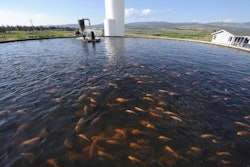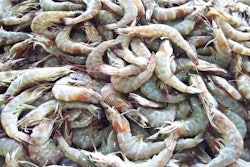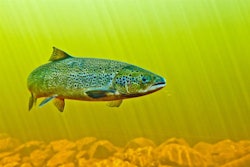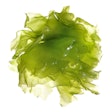
U.S. Sen. Roger Wicker (R-Miss.), introduced the Advancing the Quality and Understanding of American Aquaculture (AQUAA) Act, which would permit aquaculture farms in federal waters and fund research and development to further that industry.
“Aquaculture is the fastest-growing sector of the agriculture industry,” Wicker said. This bill would help farmers completely understand the rules and ramifications to having a business within the coastal waters.
“The AQUAA Act would also fund needed research to continue the growth and success of this important industry,” he said.
The AQUAA Act would establish an Office of Marine Aquaculture within the National Oceanic and Atmospheric Administration (NOAA), which would be charged with coordinating the federal permitting process.
“Additionally, a permit would be established through NOAA that would give an individual the security of tenure necessary to secure financing for an aquaculture operation,” according to a press release from Wicker announcing the act.
Current US aquaculture situation
Some have suggested that, as population continues to increase, so will the need for aquaculture to fill protein needs with limited ground space. Wicker's act may be important for helping the U.S. become more self reliant in meeting the country's demand for seafood.
More than 90 percent of the seafood in the United States is imported, 50 percent of which is derived from aquaculture. The U.S. does not have a permitting system for marine aquaculture in federal waters, nor are there any aquaculture farms in federal waters.
Aquaculture at a global level
In 2016, aquaculture production reached 80 million metric tons (mmt), according to the latest report, The State of the World Fisheries and Aquaculture 2018, from the United Nations’ Food and Agriculture Organization, FAO. China is the global leader in aquaculture production.
FAO estimates that, by 2030, total output will increase by 18 percent to reach 201 mmt.
Of all aquafeed production, 31 percent is used for carp production, with the other largest species groups being tilapia (17 percent), shrimp (15 percent), catfish (11 percent) and salmon (7 percent), according to the FAO’s estimates.
Recent investments in aquaculture have been reported in Kenya, Ecuador and India.












